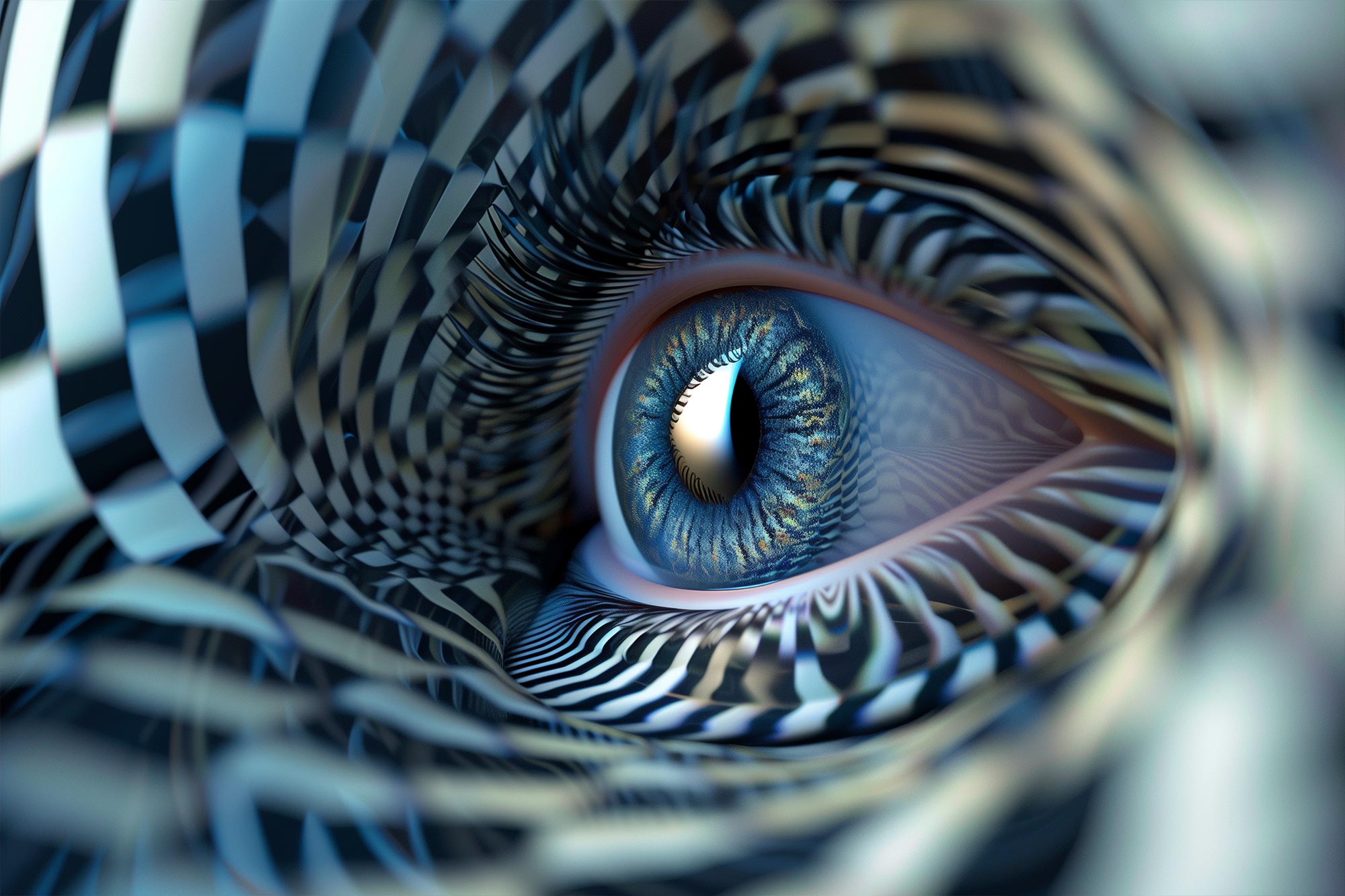Demystifying Vision: Optical Illusions Illuminate Neural Pathways

🌈 Abstract
The article discusses how a visual illusion called "neon color spreading" can be used to study the neural mechanisms underlying visual perception. It describes how researchers used a combination of electrophysiology and optogenetics to study this illusion in mice, which provided insights into the role of different levels of neurons in the visual cortex in processing brightness perception.
🙋 Q&A
[01] Optical Illusion Helps Demystify the Way Vision Works
1. What is the key finding of the research on neon color spreading illusion in mice?
- The study found that the neon color spreading illusion works on mice, just as it does on humans.
- This is significant because it means mice can be used as test subjects to study the neural mechanisms underlying this illusion, which cannot be easily studied in humans.
2. What investigative techniques were used in this research?
- The researchers used a combination of electrophysiology (recording neural activity with electrodes) and optogenetics (using light to control the activity of specific neurons) to study the neural responses to the neon color spreading illusion in mice.
3. What did the research reveal about the role of different levels of neurons in the visual cortex?
- The experiment showed that neurons in the primary visual cortex (V1) responded to both the illusory and non-illusory versions of the visual pattern.
- However, neurons in the higher visual cortex (V2) only responded when the illusory version was shown, indicating that V2 neurons play a role in modulating the activity of V1 neurons to produce the perception of brightness in the illusion.
[02] Everyday Optical Illusions
1. What are some examples of common optical illusions?
- The white color we see on a screen is actually an illusion created by tightly packed red, green, and blue elements.
- A fast-rotating wheel or propeller can briefly appear to be reversing direction as it accelerates to full speed.
2. Why are optical illusions useful for understanding the brain and vision?
- Optical illusions are not just fun to look at, but can also be a useful tool for learning more about the eyes, nerves, minds, and brains.
[03] Research on Optical Illusions in Mice
1. What is the significance of the neon color spreading illusion working on mice?
- Knowing that this illusion works on mice as well as humans is useful for neuroscientists, as it means mice can serve as test subjects for cases where experiments on humans are not possible.
2. What was unique about the experimental approach used in this study?
- This was the first study to combine the use of electrophysiology and optogenetics to study the neural responses to the neon color spreading illusion in animal test subjects.
3. What did the experiment reveal about the role of different levels of neurons in the visual cortex?
- The experiment showed that neurons in the primary visual cortex (V1) responded to both the illusory and non-illusory versions of the visual pattern, but neurons in the higher visual cortex (V2) only responded when the illusory version was shown.
- This proved that V2 neurons play a role in modulating the activity of V1 neurons to produce the perception of brightness in the illusion.